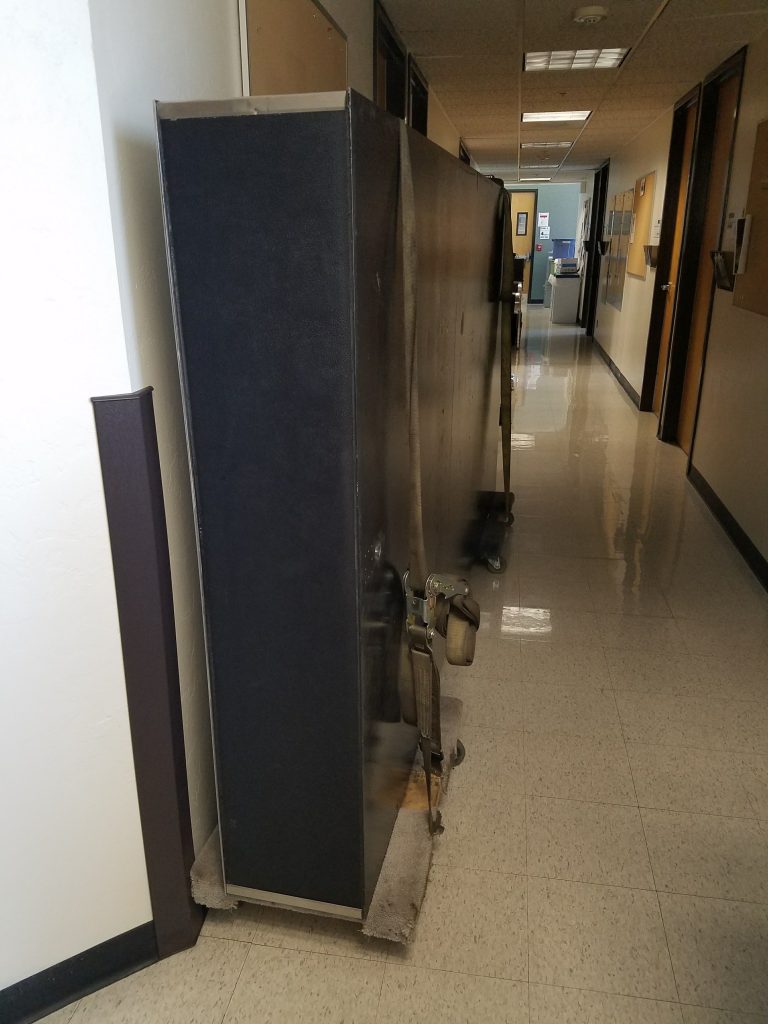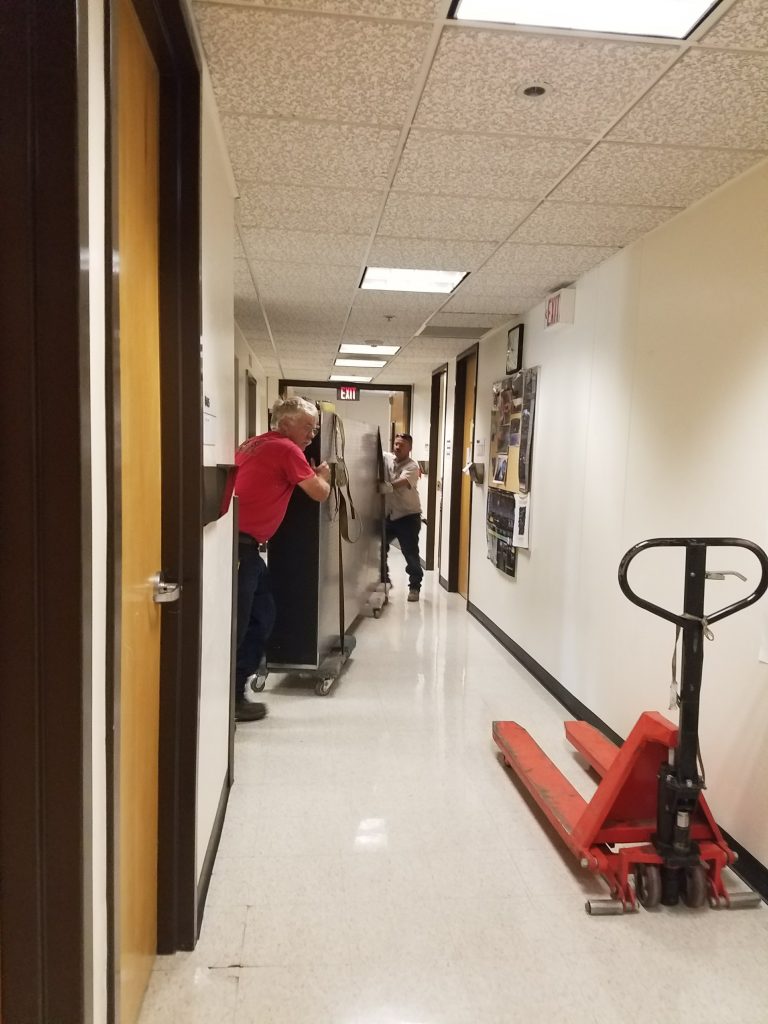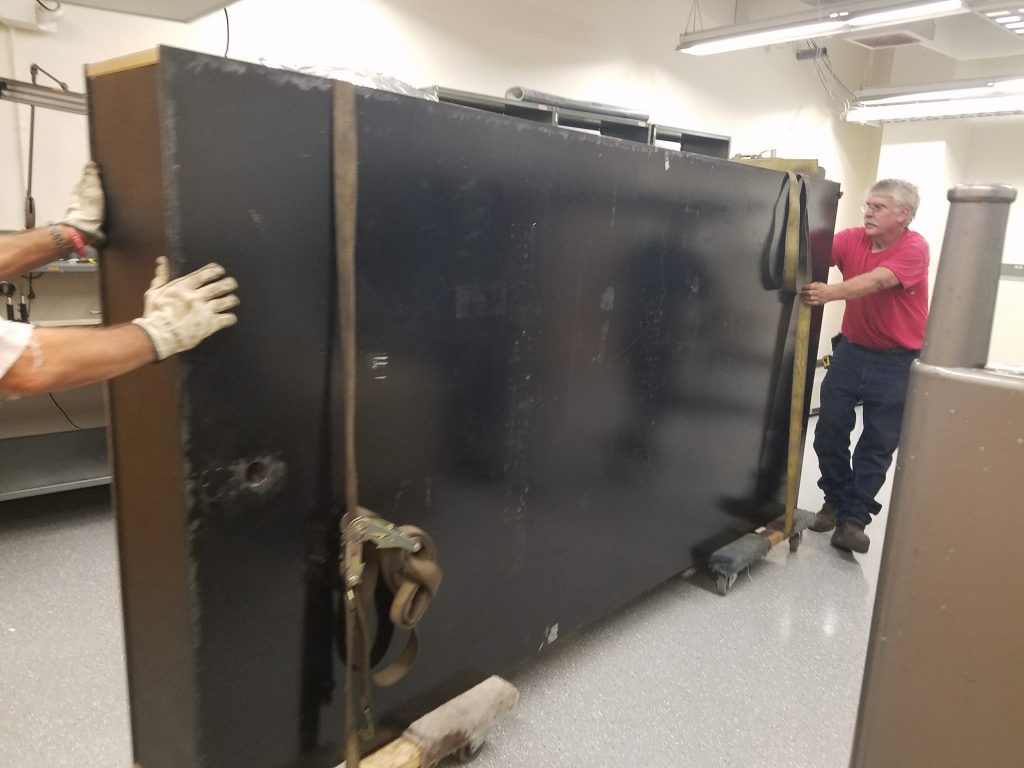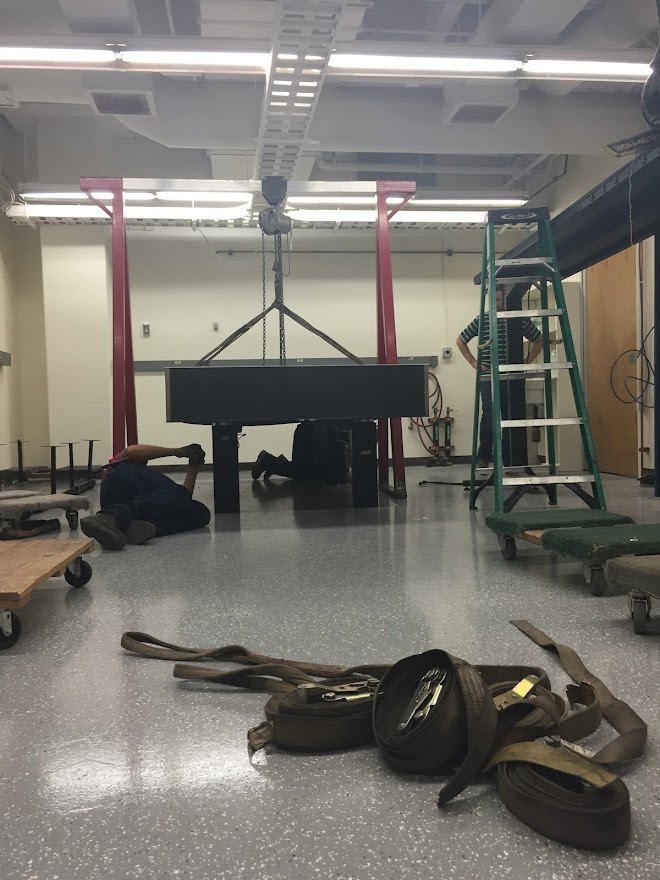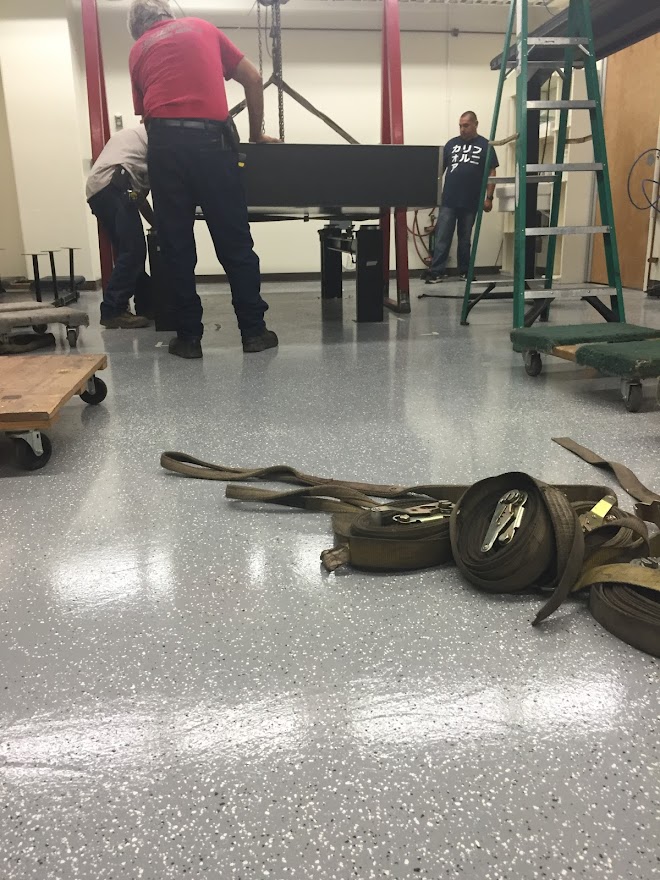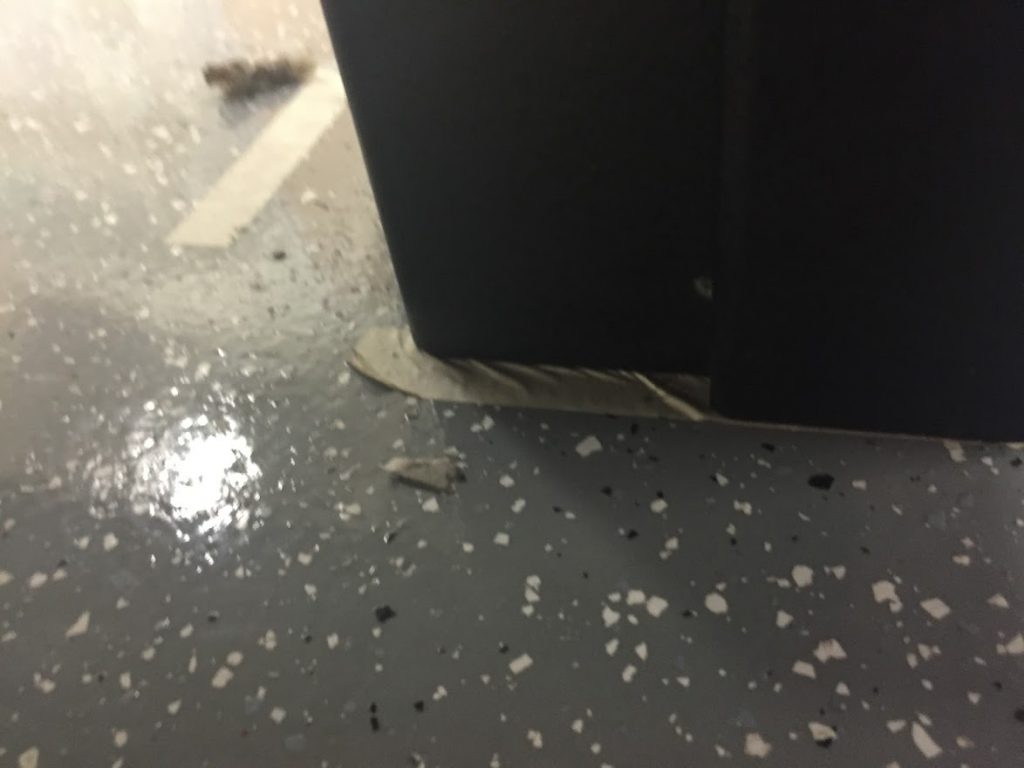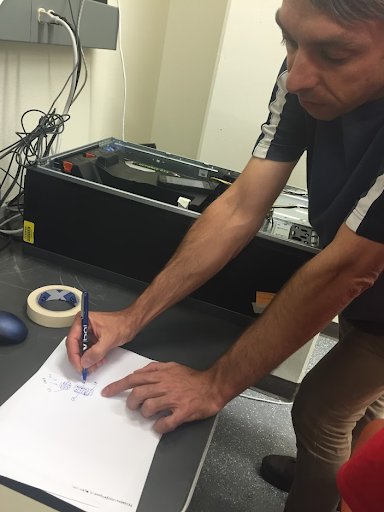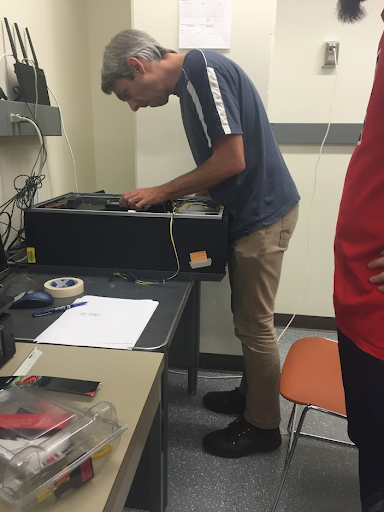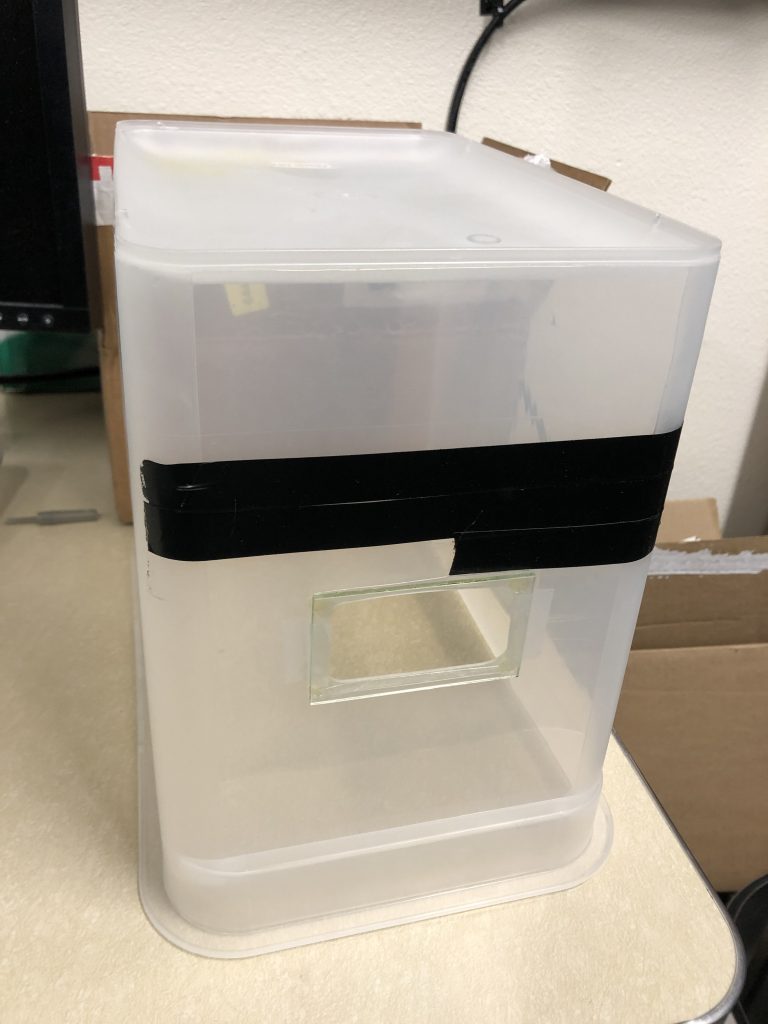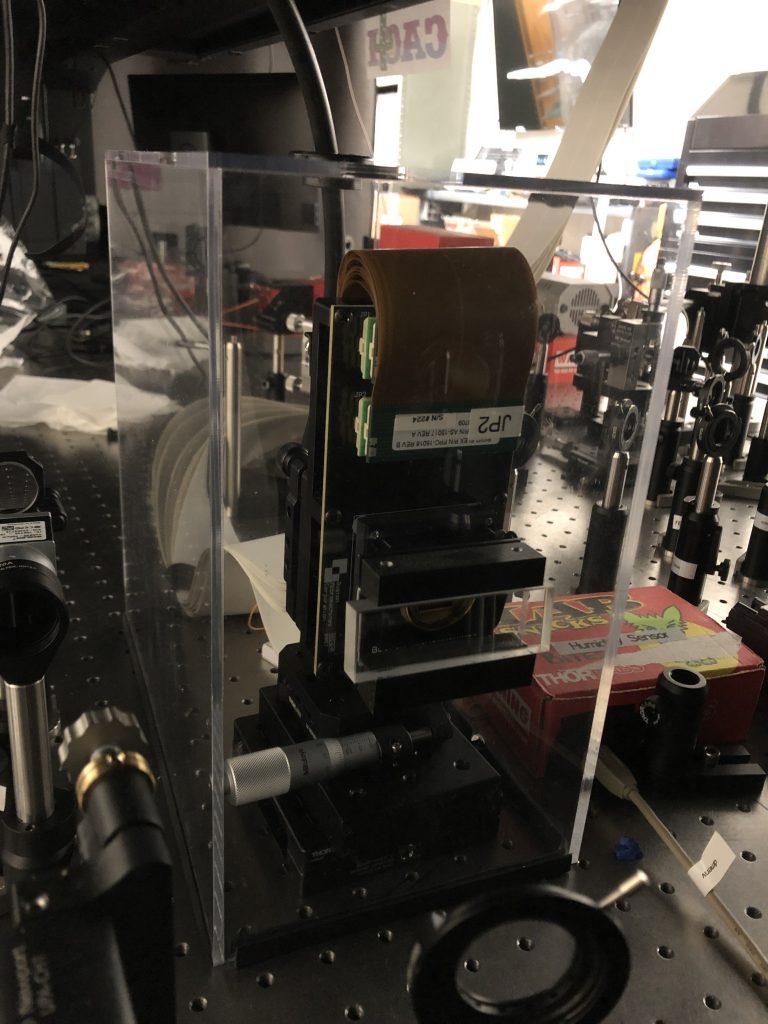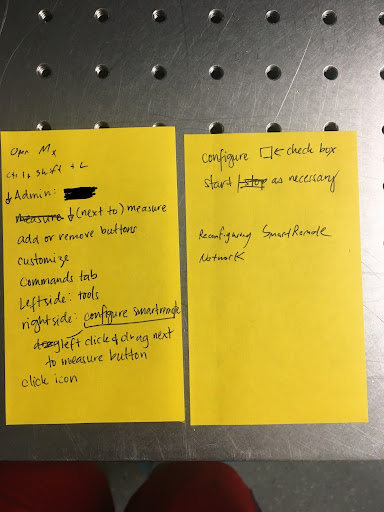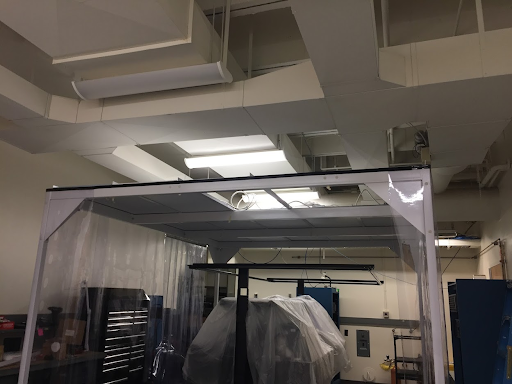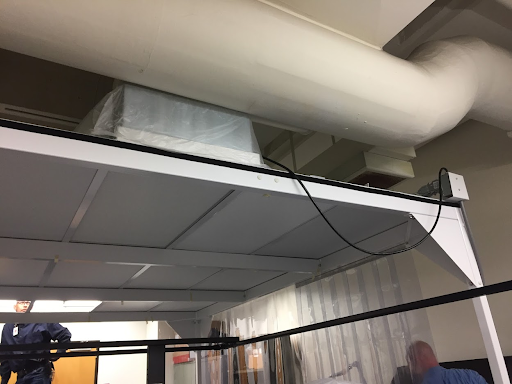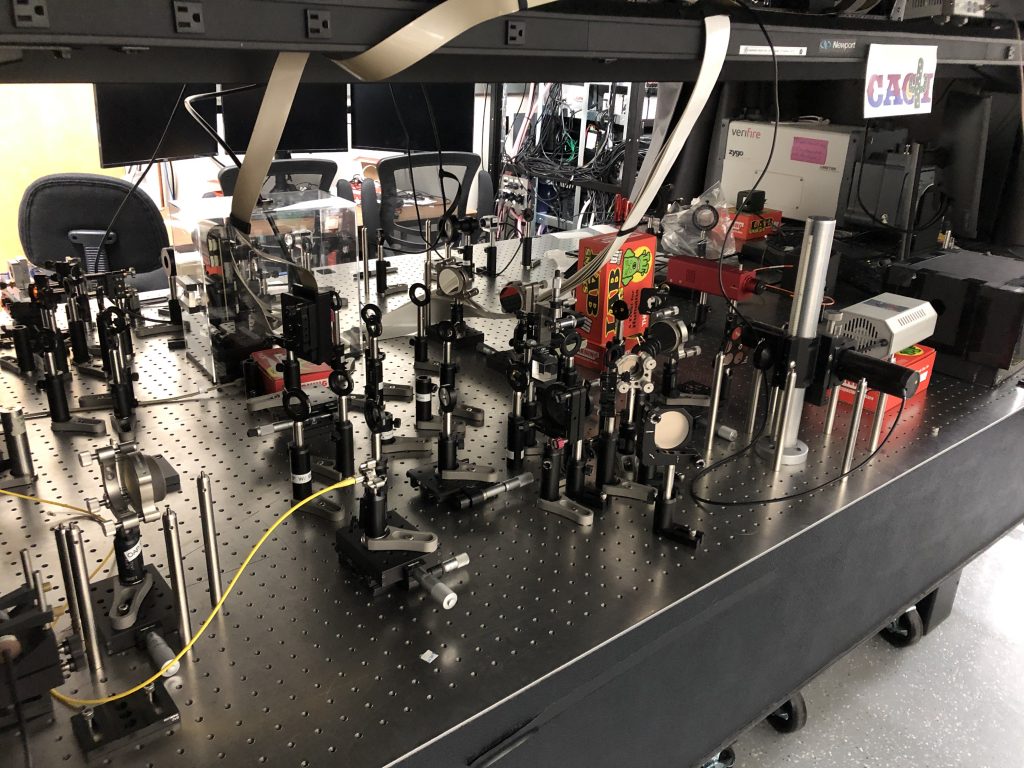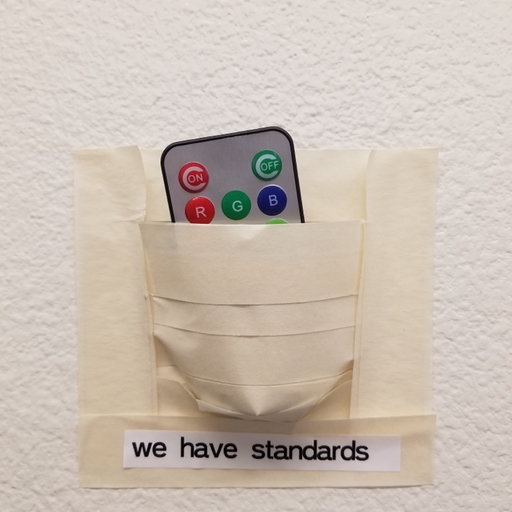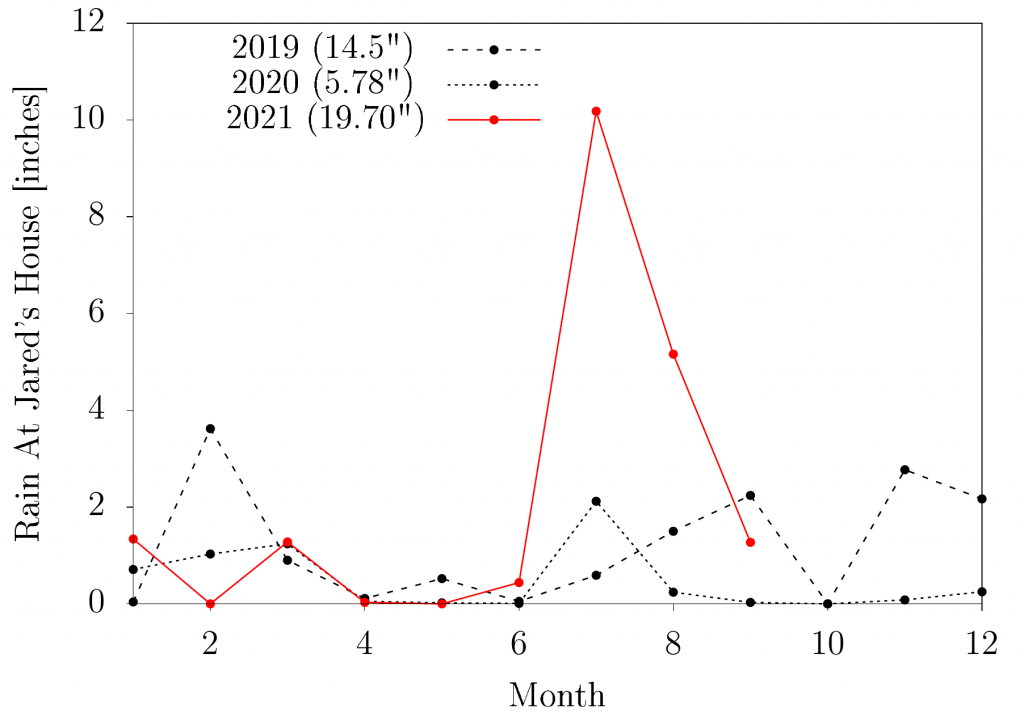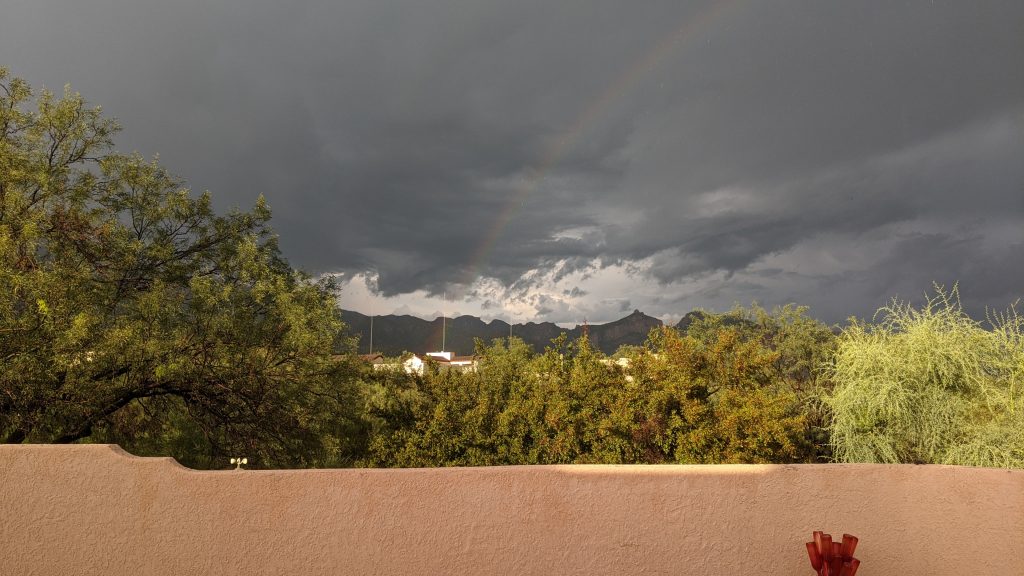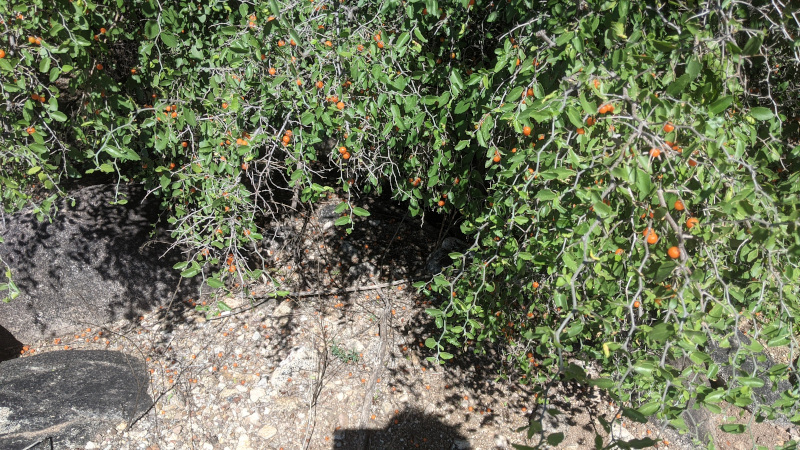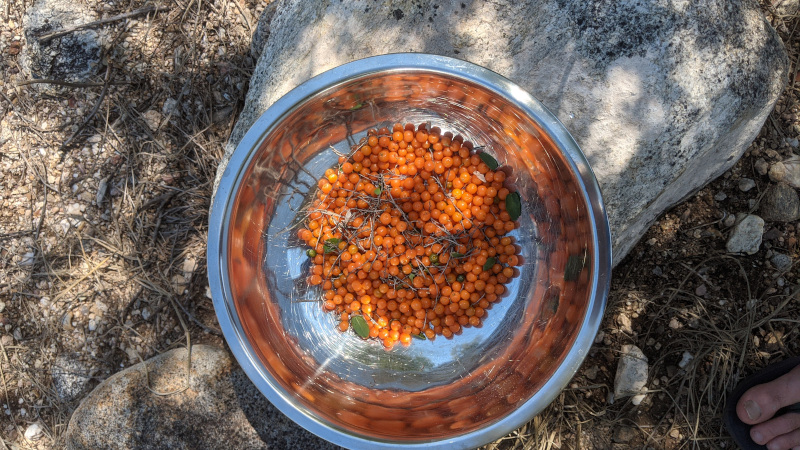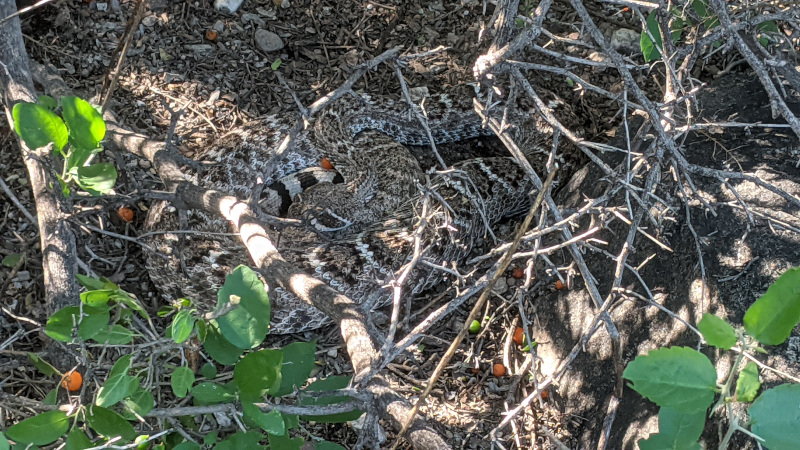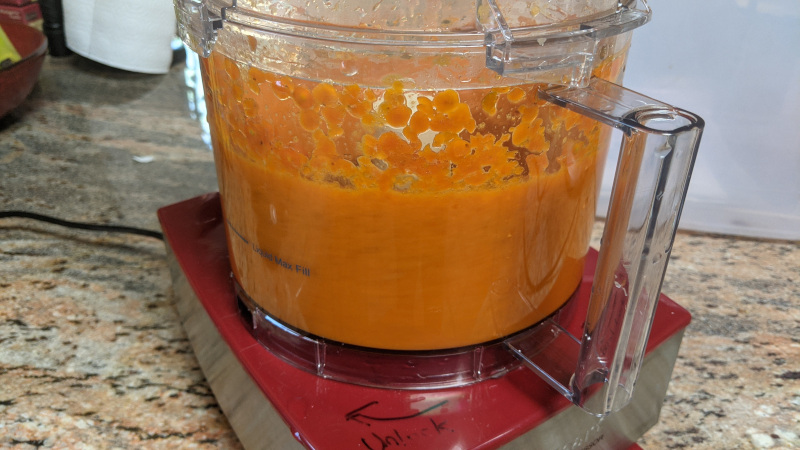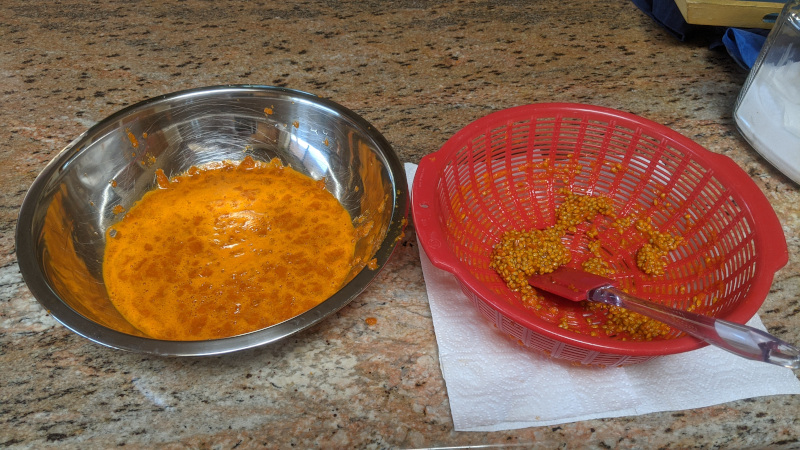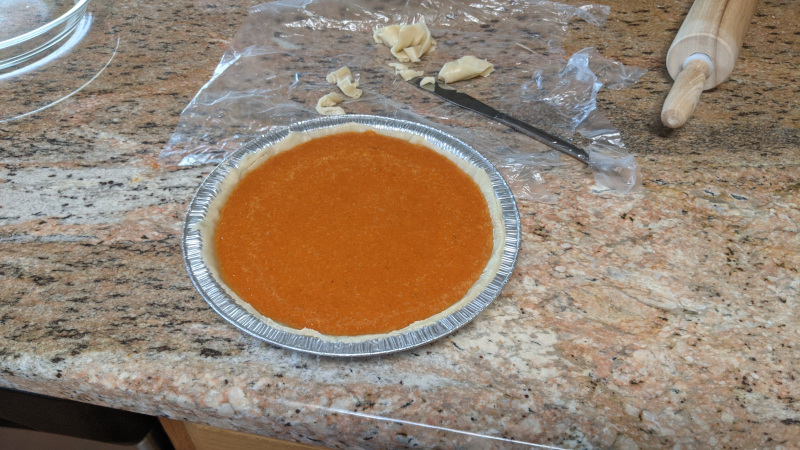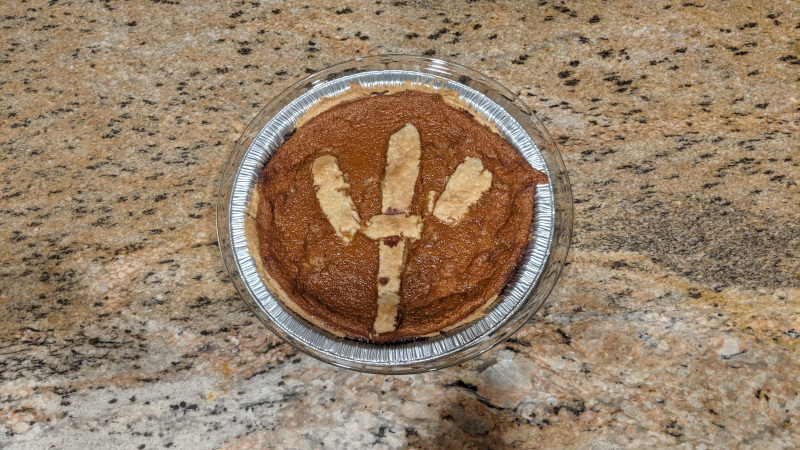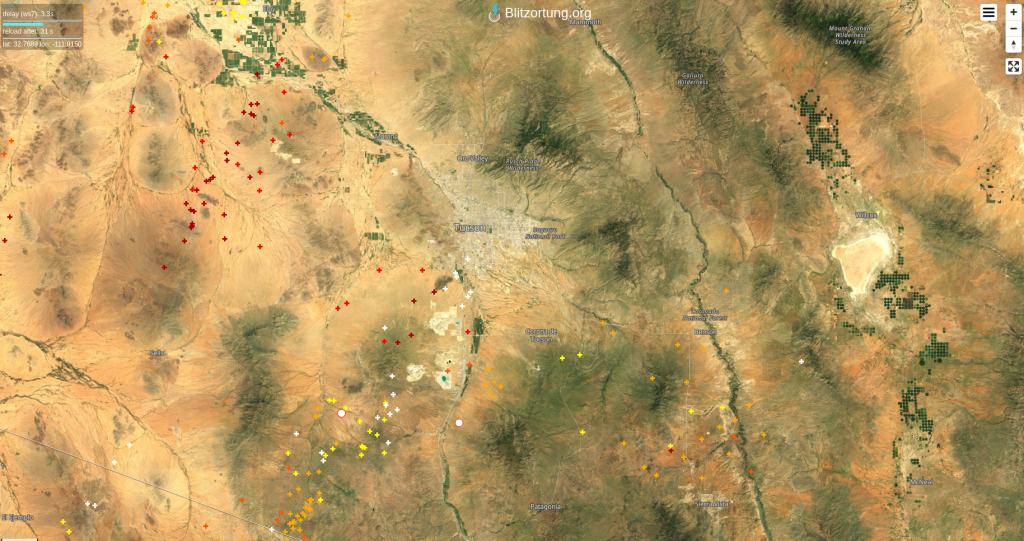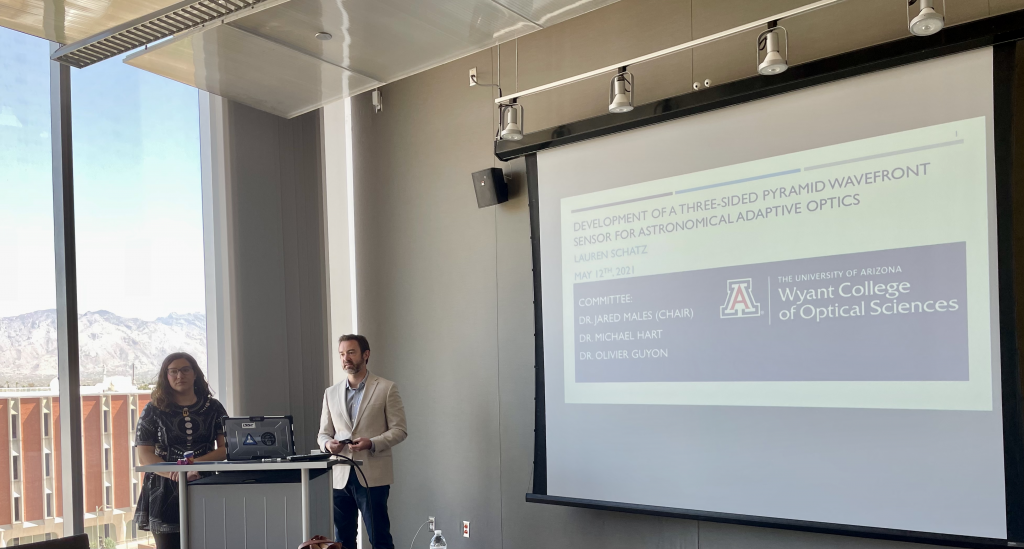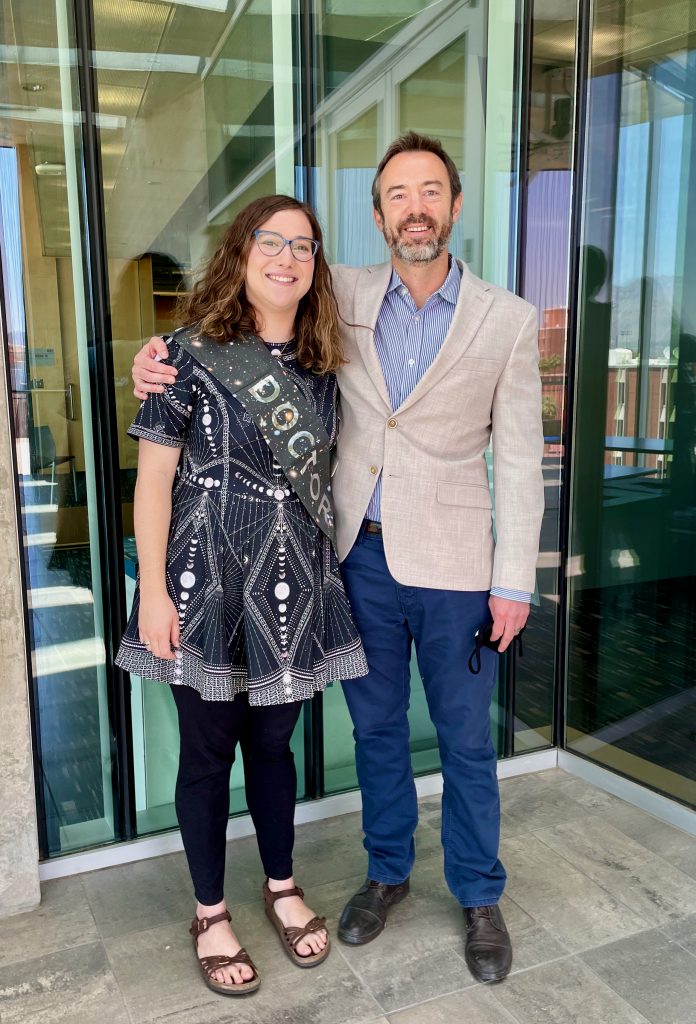Today is the Autumnal Equinox, the official end of summer and the start of autumn in the northern hemisphere. Autumn doesn’t really mean much here in Tucson, except our days of constant 100+F heat is waning down. (This does not barricade me from getting a PSL.) A more important date is 8 days away on September 30, which is the end of monsoon season in Tucson. Currently, we are at the 3rd wettest monsoon season this summer, a welcome break from last year’s missing monsoons.
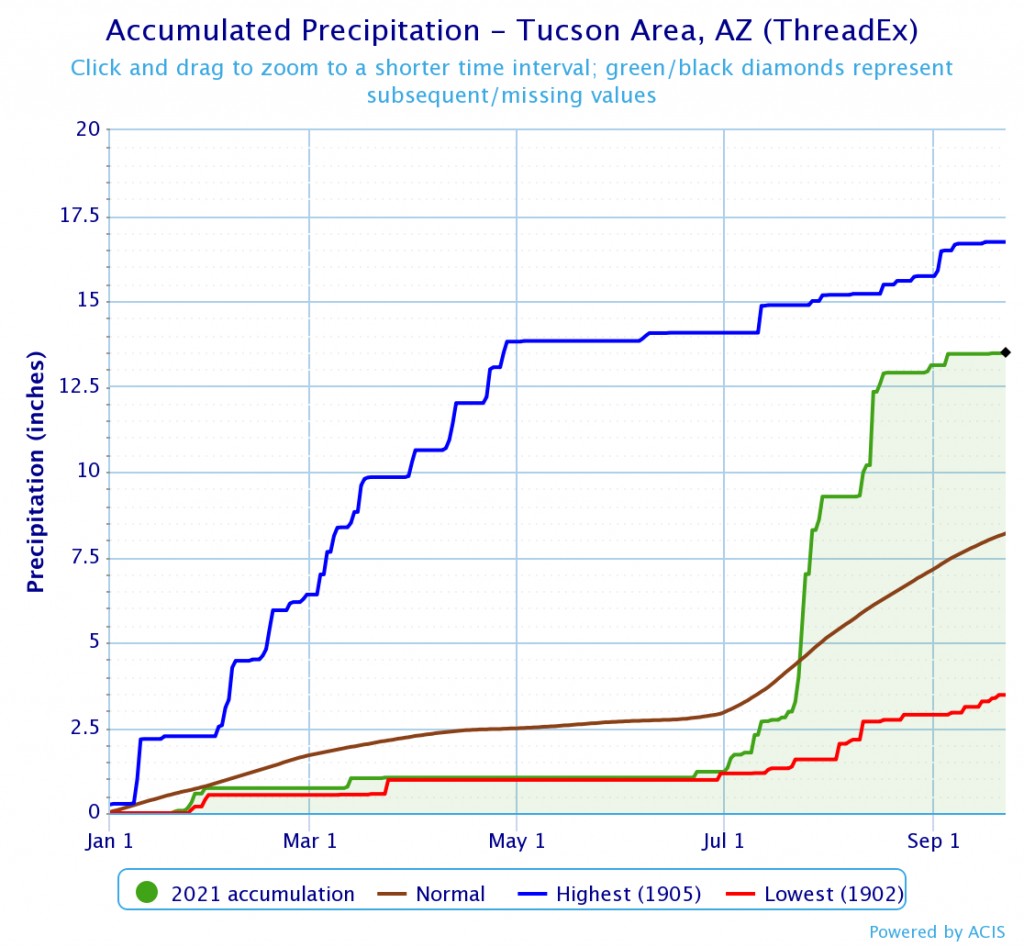
While the Autumnal Equinox is a pretty neat phenomena that can be explained by any Astronomy graduate student at Steward Observatory, we have an additional event deserving a celebration: today is the 5th year anniversary of the arrival of the CACTI testbed in the XWCL!
For the uninitiated, CACTI stands for Comprehensive Adaptive optics and Coronagraph Test Instrument. CACTI is XWCL’s AO simulator testbed where we can tack on and swap components for testing and developing projects (particularly for many of XWCL’s optics graduate students’ PhD dissertations).The initial incarnation of CACTI was used to develop Kelsey’s dissertation on Linear Dark Field Control. The current version of CACTI began as the AO simulator of Lauren’s 3PyWFS dissertation project. At the moment, CACTI is serving several projects such as my laboratory demonstration for a cubesat laser guide star, Alex R’s demo of the differential Optical Transfer Function WFS, Sebastiaan and Meghan’s optical differential wavefront sensor, and Avalon’s Basler camera characterization. CACTI has endless capabilities, with only physical space and laboratory time as the limits.
To celebrate CACTI’s 5 year anniversary, let’s take a walk down memory lane to see CACTI’s evolution.
The CACTI table was moved from room N431 to the XWCL space in room 265. It was this instance where we learned we could not use regular movers for relocating an optical table. Instead, we required riggers who have access to a crane to lift and move the optical table. Though Jared was absent for much of the moving process picking up a pallet with Alex R, Dr. Kelsey Miller was able to record some of the process.
To prepare CACTI’s table placement, we used masking tape to set up locations where the table legs would be positioned such that the table would be balanced when craned down. However, no matter how well we measured and allocated tolerance regions, some table legs needed to go elsewhere.
These days, when you walk into XWCL, it’s packed to the brim. Some walking areas are only wide enough for a computer rack to pass through. It’s hard to believe that once upon a time, the XWCL consisted of the CACTI optical table, a few desks, and a bunch of shelves. It was also a time when Beast still did stuff.
Over the course of a year, the XWCL room started filling up more and more. This includes CACTI’s journey of upgrades. The first major CACTI facelift was the BMC 1K’s new air pressure chamber. Justin worked diligently through many different designs. The first prototype was a tupperware with a hole cut out for a window chamber. It eventually converged to the current chamber, custom built with holes for cable routing and an entrance for pumping in dry air.
In summer 2017, CACTI was graced with a new addition: the Zygo Verifire Fizeau interferometer. It was promptly parked onto CACTI, along with the first and only Windows machine in XWCL.
The Zygo Verifire has been an interesting learning experience. Beyond measuring and characterizing deformable mirrors, flat mirrors, and various LBTI hardware, it has bricked twice. Alex R and I tried to hook up the Zygo computer to the internet, only to brick the software because the ethernet port was for communicating between the interferometer and computer. We spent 2 hours on the phone with a Zygo engineer, who eventually stepped us through fixing the settings so we could connect the Zygo computer to the internet. Kyle, Kelsey, and I discovered together one afternoon that the Zygo uses Basler cameras. We installed our Basler cameras’ software on the Zygo machine, only for the software to stop working because the installation overwrote the required Zygo version. Luckily, we were able to revert to a recent, old Windows version state and undo our errors. Despite these unexpected inconveniences, the Zygo Verifire has been the backbone to very important work.
Soon enough, a new neighbor moved in next to CACTI: MagAO-X! After passing PDR in May 2017, MagAO-X began building in XWCL. The first thing assembled was the portable clean room, which arrived in July 2017.
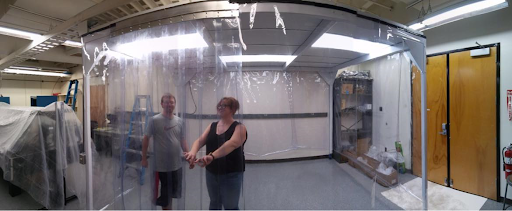
The arrival of the clean room meant moving furniture around in the lab.
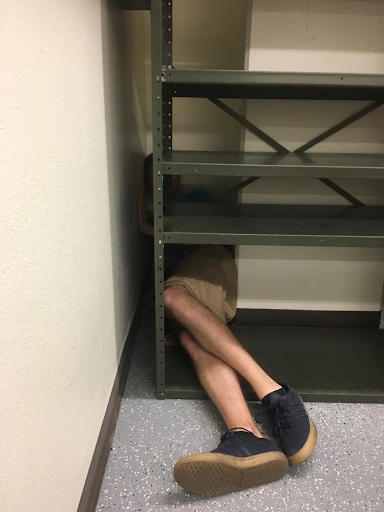
From the get-go, the MagAO-X cleanroom was designed for portability that could fit above CACTI with minimal fuss. Early on, we identified the air ducts and lights needed to be moved and replaced so the clean room can properly fit above CACTI. That was something that got fixed.
The next major CACTI upgrade was installing blackout curtains around the table. This helps considerably when an experiment is light sensitive. The curtains have allowed simultaneous non-CACTI laboratory work with the ceiling lights on while minimizing external source disturbance during data collection. Along the way, we learned that a top curtain was essential for an occasional ceiling pipe leak. We store all the DM drivers at the top shelf that a water leak on these electronics will destroy them. These electronics are not easily replaceable, particularly the IrisAO driver!
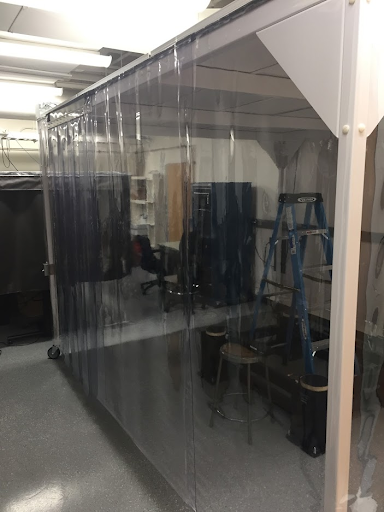

In 2019, Lauren and I designed an upgraded CACTI with custom lambda/10 OAP mirrors. In December 2019, we received the new OAPs and dismantled the original CACTI. We began building the new CACTI in January 2020. However, the pandemic hit halfway through our build process. Nevertheless, Lauren heroically trucked on and completed building CACTI in summer 2020 just in time to integrate the 3PyWFS from HartSci. In May 2021, Dr. Lauren Schatz finished her PhD using CACTI and the 3PyWFS was shipped out a month later.
CACTI continues to get lots of action in the lab. Open spaces on the testbed get used for small testing experiments. I’ve since added a secondary source to CACTI for my laboratory demonstration of LGS. Alex R and I have worked out a procedure for swapping the IrisAO segmented DM in and out of a pupil plane that can be done solo in less than 1 hour. Joseph, Lauren, and I wrote CACTI’s testbed operation entry in the MagAO-X handbook as a localized resource for users, to which I update regularly. Since CACTI utilizes a customized version of the MagAO-X control code, it also has the capability of being operated remotely. There are a few limitations though, such as the IrisAO DM driver power button requiring a physical button push.
Despite XWCL and CACTI’s evolution through the years, there remains one constant: the masking tape continues to hang out underneath the table leg.
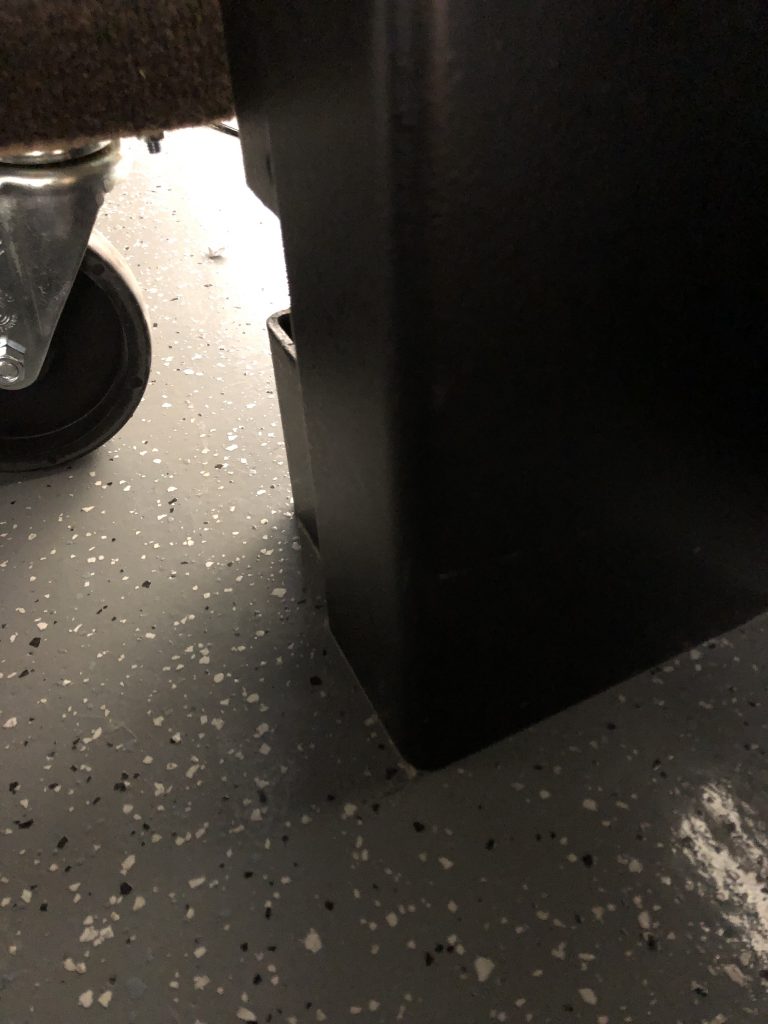
Happy 5th anniversary, CACTI! Here’s to many more years of new development, more dissertations to feed into, and everlasting masking tape under the table legs.
With lots of love,
Jhen and Alex R
Song of the day
Given the focus on the desert (CACTI, rain, and Tucson), and our love for a connection to space/astronomy, we pick a song by Tucson’s own Calexico, who have been making their unique brand of “desert noir” rock since the mid 90’s. This particular song was picked by Rep. Gabby Giffords to be played in space on June 13, 2008, on the Space Shuttle Discovery as the wake up call for the crew including her husband (and current AZ Senator) Mark Kelly.
And let us never forget, at XWCL,
